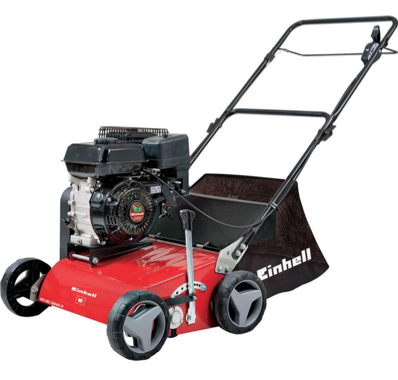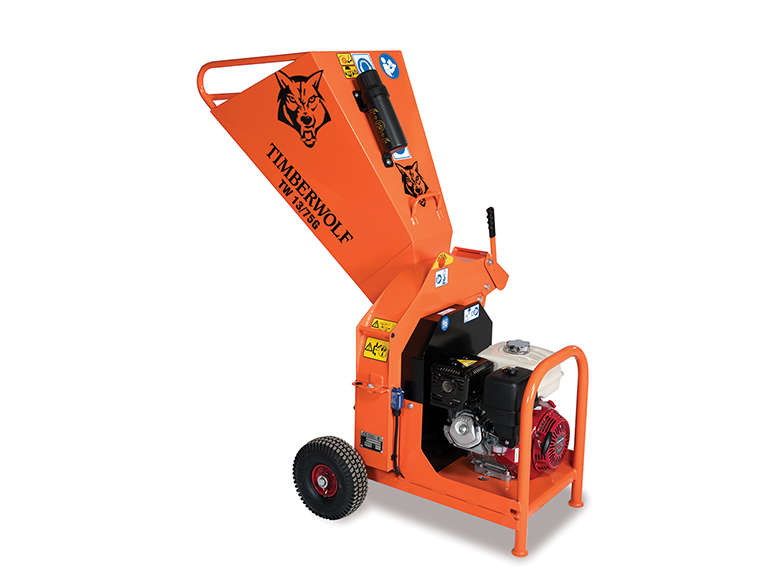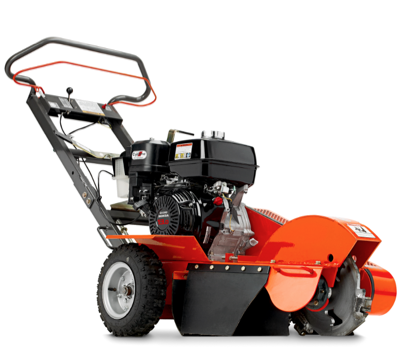Rotavator hire
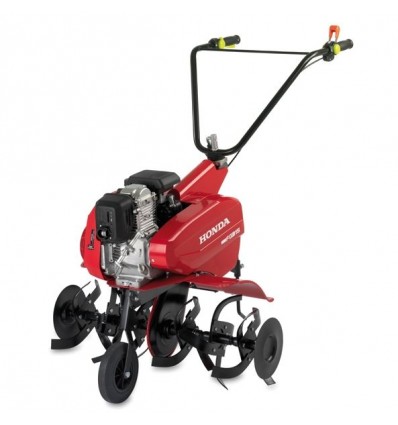
A rotavator (or cultivator or tiller) breaks up and loosens the soil resulting in an aeriated soil, improving drainage and soil texture. Mainly used before planting or seeding, but also afterwards for weed control.
The price for hiring a rotavator depends on its power and size.
Rotavator hire guide
What is a rotavator?
A rotavator - often used interchangeably with cultivator or tiller - is a machine that breaks up and loosens up the soil by use of tines, spikes, blades or rotors. This results in an aeriated soil, improves drainage and improves the soil texture. A rotavator is often hired to use before planting or seeding, but also afterwards for weed control. In contrast with ploughs, rotavators work more superficially and less deep, and will disturb the soil less.
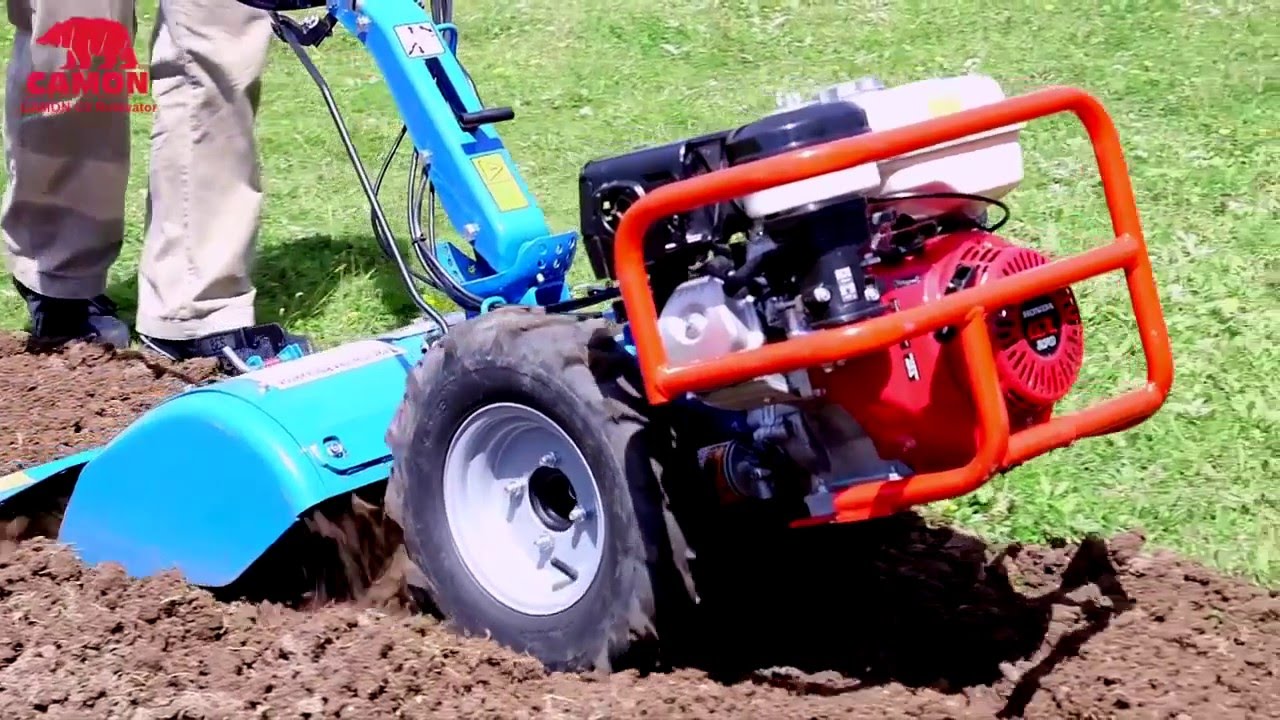
Rotavator in action. Source: Wellers Hire on YouTube
What is the difference between a rotavator, a cultivator and a tiller?
These three terms (rotavator, cultivator, tiller) are often used interchangeably, and it depends on the manufacturer how they call their machine. If a difference has to be made, the term cultivator is more used for smaller, less powerful machines used for aerating soil prior to planting, mixing compost and fertilizer or weed control. The term rotavator is more used for larger and more powerful machines (power digger) that are used to break hard or uncultivated ground or used for digging large plots.
What size rotavator should I hire?
The best suited size of rotavator to hire depends mainly on two factors:
- Type of soil: If the soil is uncultivated (e.g. grassland) or you need to break hard ground, than you need a more powerful rotavator compared to when it has already been cultivated and you just need to aerate the soil
- Size of plot to be worked: If you are going to use the rotavator on a large size plot, consider hiring a larger size and more powerful rotavator to speed up your work
How to use a rotavator?
The best time to hire and use a rotavator is the second half of March or first half of April. However, a lot depends on the weather conditions, as it is best to use a rotavator when the soil is relatively dry. Before using the rotavator, make sure to remove all plants and debris such as stones from the plot you are going to work. Pass 2 to 3 times over the same area at different angles for the best result. After using the rotavator, don't immediately start seeding but remove all stones, roots and other debris that came loose and make sure the soil is even.
See below for a video explaining the use of a rotavator in more detail:
What is the recommended safety equipment when hiring a rotavator?
When using a rotavator it is recommended to wear the appropriate personal protective equipment (PPE). Recommended safety equipment for a rotavator consists of the following: protection goggles, dust mask, safety boots, ear protection and hand protection.
Well-known rotavator brands
Image source: Harrison Hire Ltd
